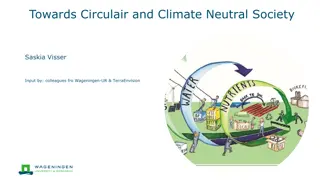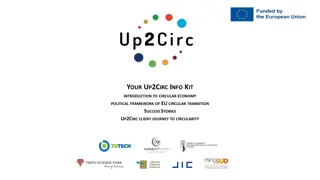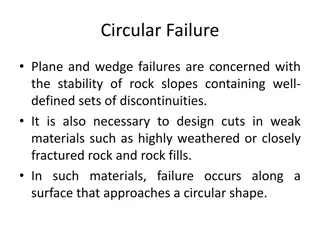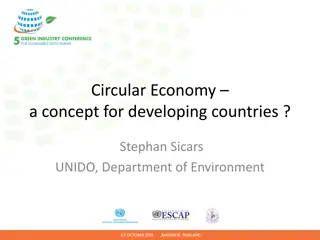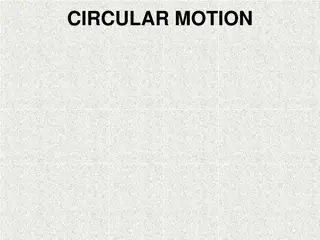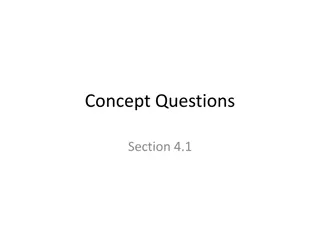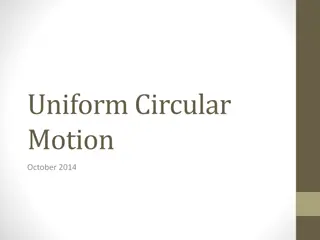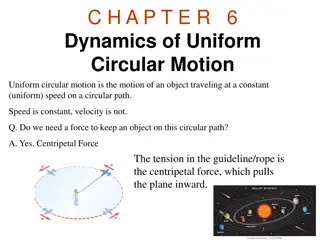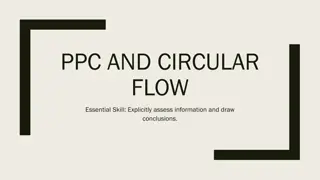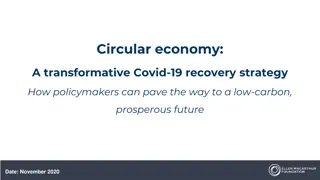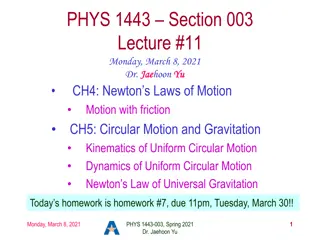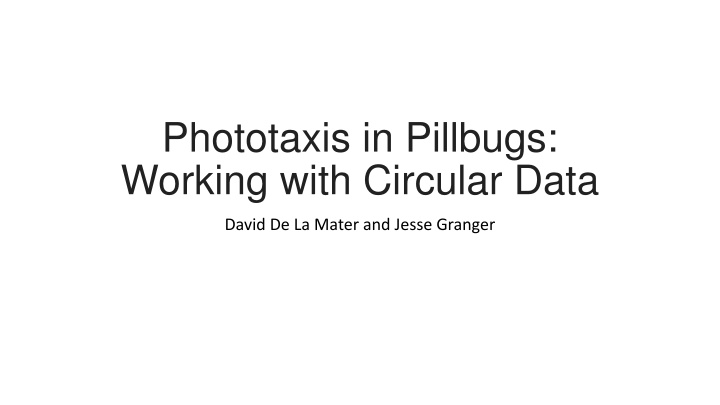
Working with Circular Data in Phototaxis Research
Discover the intricacies of circular data analysis in phototaxis studies with insights on experimental design, hypothesis testing, and result interpretation. Explore the nuances of photokinesis and phototaxis behaviors with practical examples and comprehensive guidance on handling circular data effectively.
Uploaded on | 0 Views
Download Presentation

Please find below an Image/Link to download the presentation.
The content on the website is provided AS IS for your information and personal use only. It may not be sold, licensed, or shared on other websites without obtaining consent from the author. If you encounter any issues during the download, it is possible that the publisher has removed the file from their server.
You are allowed to download the files provided on this website for personal or commercial use, subject to the condition that they are used lawfully. All files are the property of their respective owners.
The content on the website is provided AS IS for your information and personal use only. It may not be sold, licensed, or shared on other websites without obtaining consent from the author.
E N D
Presentation Transcript
Phototaxis in Pillbugs: Working with Circular Data David De La Mater and Jesse Granger
Goals for today By the end of today you will: 1. Be able to identify circular data and articulate why it must be treated differently than linear data 2. Implement your own experiment and test a hypothesis 3. Analyze and plot your own circular data
Photokinesis and Phototaxis Photokinesis: changing your behavior in response to a change in light levels Examples? Phototaxis: orientation or movement towards or away from a light source Examples?
From the ReadingsLinear Regression Slope Spread (?2)
Photokinesis & Phototaxis How would you design an experiment to test for phototaxis?
Circular Data Linear Circular Test if slope is = 0 ?2 Test if points are oriented uniformly Mean resultant vector
Circular DataTest of Uniformity Ho: The points are oriented uniformly around the circle Ha: The points are not oriented uniformly around the circle
Circular DataTest of Uniformity Rayleigh Test of Uniformity: P=0.73 Rayleigh Test of Uniformity: P<0.05 Ho: The points are oriented uniformly around the circle Ha: The points are not oriented uniformly around the circle
Circular DataMean Resultant Vector Rayleigh Test of Uniformity: P<0.05 Rayleigh Test of Uniformity: P<0.05 Rayleigh Test of Uniformity: P<0.05 Mean Angle: ~0 Mean Angle: ~0 Mean Angle: ~0
Circular DataMean Resultant Vector Rayleigh Test of Uniformity: P<0.05 Rayleigh Test of Uniformity: P<0.05 Rayleigh Test of Uniformity: P<0.05 Mean Angle: ~0 Resultant Vector Length: 0.89 Mean Angle: ~0 Resultant Vector Length: 0.72 Mean Angle: ~0 Resultant Vector Length: 0.44
Comparing two distributions Test of Uniformity: p<0.05 Mean Angle: ~0 Resultant Vector Length: 0.89 Test of Uniformity: p<0.05 Mean Angle: ~300? or 5.2 rad Resultant Vector Length: 0.89
Comparing two distributions: Watson two- sample test Watson Two-Sample Test Ho: The mean of the two distributions are the same Ha: the means of the two distributions are different P <0.001
Experimental Subjects Pillbugs are terrestrial crustaceans They live in dark, cool places like under stones and leaf litter. They are best-known for their defensive behavior of rolling into a ball (aka roly poly) Why would a pillbug be sensitive to light? Would you hypothesize positive or negative phototaxis?
Experiment Details Follow the instructions on the handout to complete your experiment! Relative Angle=Crossing Angle Lamp Position
Coding in R Open R
R-Shiny https://rfitak.shinyapps.io/circbio/
Exit Ticket Email jesse.granger@duke.edu, david.s.delamater@duke.edu, and snowicki@duke.edu the following: Of your group s data: A picture of the circular plot of both the light on and light off group. The mean angle, Rayleigh test p-value, and mean resultant vector for both the light on and light off group Your interpretation of the results from the Rshiny App with the whole groups data. Was your hypothesis about phototaxis supported? In total: 2 plots, 2 Rayleigh tests, 2 mean angles, 2 mean resultant vectors, and your interpretation of the whole class s data
Linear Regression Residual= Y ? Y (? ? ) Y* ? ? 2

